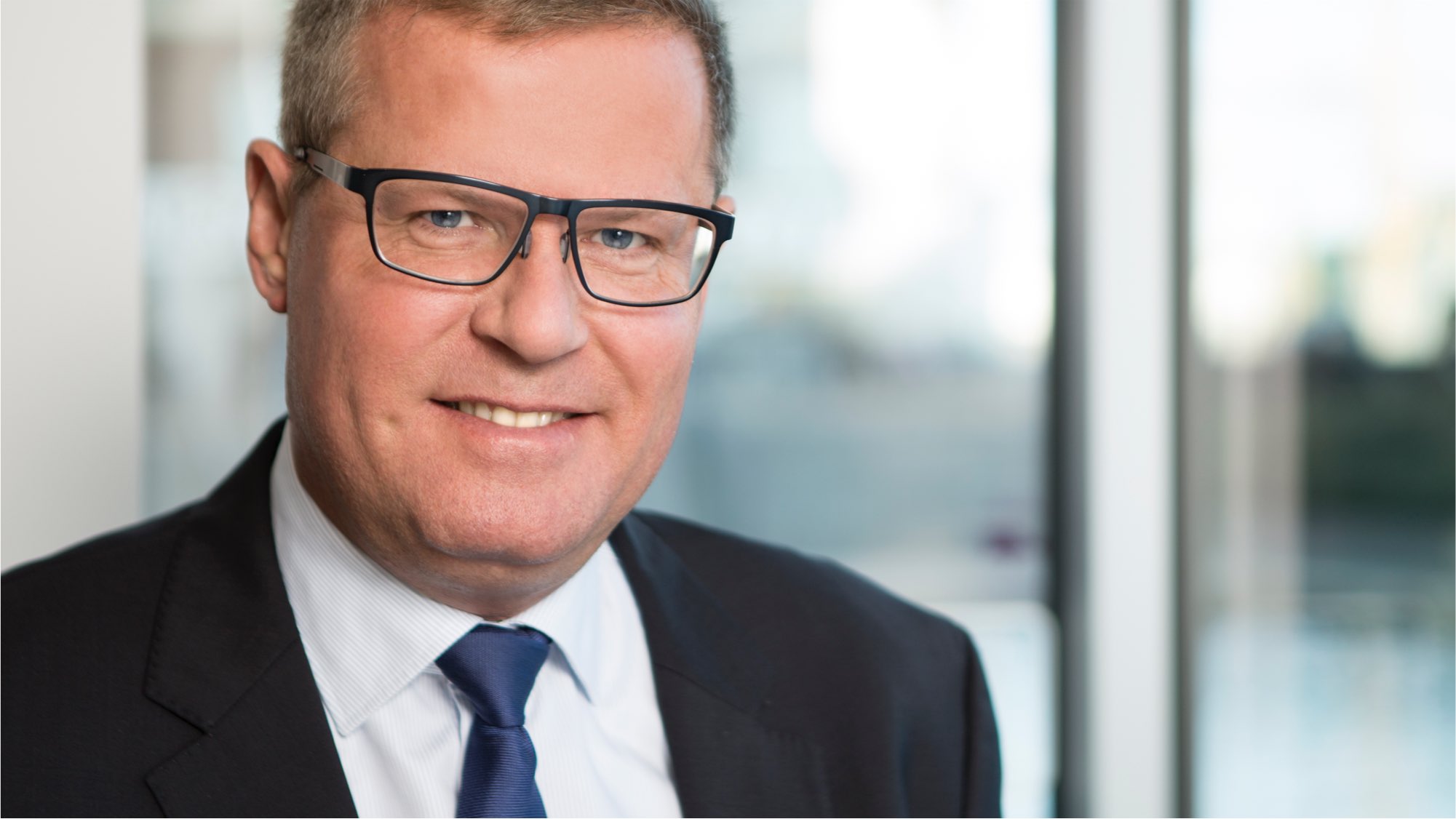VP’s CEO is a firm believer in infrastructure as a key enabler for efficiency, innovation and growth in the Nordic financial industry. Even though it has been a bumpy ride to migrate DKK to T2S, Niels Olsen of VP does not hesitate for one second. “There were some lessons learned, but we would do it all over again,” he said recently, at the PostTrade 360 conference in Copenhagen.
“What are the advantages of T2S, and when will we see the positive effects of this investment in Denmark?”
Hugo Sundkjer, Head of Capital Markets at Tieto, asked the questions, and CEO Niels Olsen from VP Securities gave the answers during a Q&A session at Post Trade 360, held recently at Axelborg in Copenhagen.
We are competing on issuance, but in the longer run the greatest competition will come from the south. Our next commercial step will be to become the Nordic hub for European business in the Nordics and for Nordic business in Europe. Right now, VP is the only Nordic CSD on T2S.
Niels Olsen
“It’s all about efficiency,” said Niels Olsen. “When the Danish market decided to join the European infrastructure ten years ago, this was to support investors, issuers and banks with higher efficiency. T2S is built for cross-border activity, but all markets are still primarily domestic. The advantages will appear as we see growing internationalisation in the industry.”
Nordic benefits from infrastructure
Hugo: “Does this mean that market participants currently face increased costs for their domestic business, in exchange for the promise of a lower cost of international business in the future?”
Niels: “You could say that. For me, it’s about belief in infrastructure. A lot of infrastructure projects, like bridges and railways, may seem to be poor business cases at first, but at a later stage they become a driving force and an enabler of growth. To me, T2S is the future, and Denmark and the Nordics will benefit from this investment going forward.”
European pricing model
Hugo: “Your prices have gone up. Is this competitive for Danish market participants?”
Niels: “Back in 2017, we already studied the pricing models internationally, and our pricing strategy is to adapt to Europe. We lowered prices for issuance in 2017, 2018 and 2019. Right now, custody is a little more expensive than before, but is still in line with us leaving the Nordic model and adapting to the European model. T2S is one reason that we need to move in that direction.”
Hugo: “Don’t you face competition with other Nordic CSDs?”
Niels: “Yes, we are competing on issuance, but in the longer run the greatest competition will come from the south. Our next commercial step will be to become the Nordic hub for European business in the Nordics and for Nordic business in Europe. Right now, VP is the only Nordic CSD on T2S.”
Greater capital requirements
Hugo: “More regulation means higher costs and therefore pressure on pricing?”
Niels: “Regulation such as CSDR and the European infrastructure facilitates competition between CSDs. At the same time, capital requirements on our part have more than tripled, and we have to keep growing and stay profitable. These requirements make it hard for new participants to join the market.”
Hugo: “Do you see economies of scale as important for CSDs?”
Niels: “Yes, volumes are important. This is why we have the philosophy to have all business on the same platform. You may see CSDs with different geographies, but since they run the business on different platforms, they do not achieve the full scale benefits As an example, we hope to have issuance in NOK on our platform soon.”
New IT strategy at VP
Hugo: “Are you planning for distributed ledger technology and blockchain?”
Niels: “No. Right now we do not see this up and running. Instead, we have just decided on a new five-year IT strategy, following the T2S project. The key focus for us will be to stay relevant for our customers and to invest in the efficiency they will be looking for in the years to come. T2S represented an investment of DKK 300 million and our new IT strategy is an investment of a similar size. We are serious when we say that you have to invest in the future.”
At the end of the Q&A session, the audience at Post Trade 360 in Copenhagen had questions for VP. Two participants asked about what VP had learned after the migration of DKK to T2S.
Niels: “We have all had some important learnings. Right now, our settlement ratios are nearly back to normal, and I am aware that this comes at a cost for our customers. We have new projects in place to reduce this inconvenience and make T2S serve our customers better. One possible learning after the migration is that the market would prefer to see VP in an even more leading role. We are ready to set the standard and take the lead, and to a lesser extent work with a consensus model. By trying to please everybody, we may end up pleasing nobody.”













